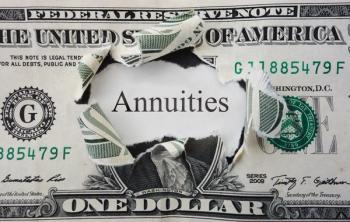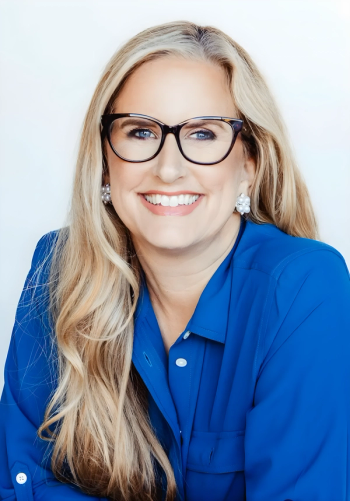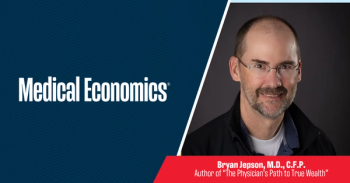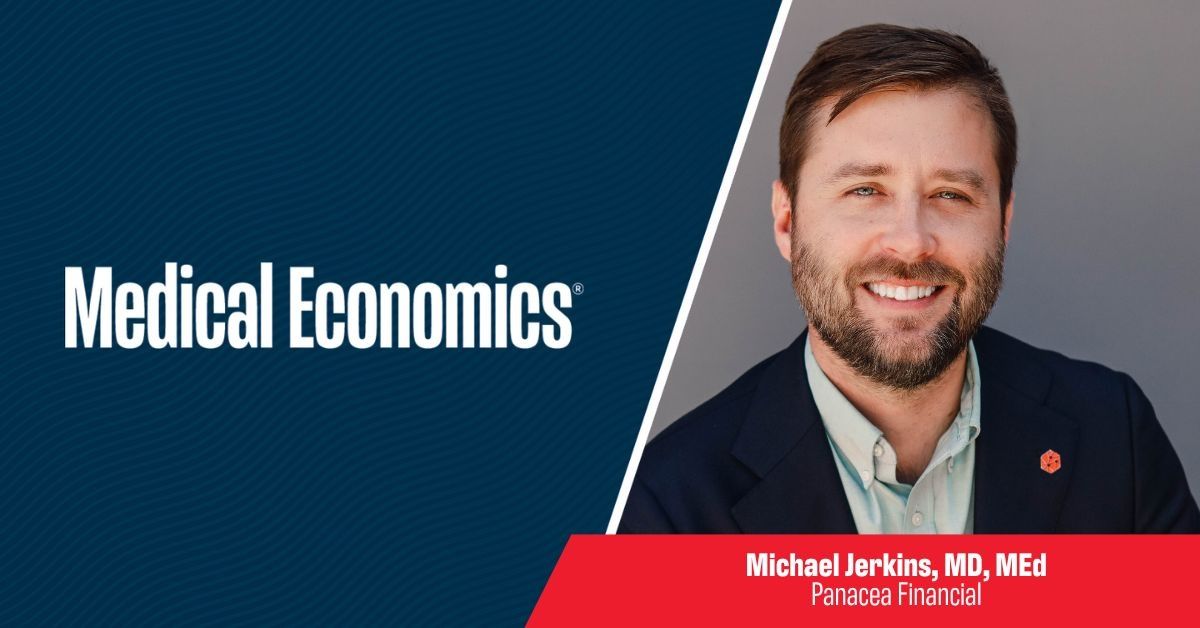
Investing
Latest News
Latest Videos

Shorts
Podcasts
CME Content
More News

Private equity investment will spur additional oversight, but investors and the community could benefit

Navigating compliance and capital in a rapidly evolving health care M&A market

Some investment types sound better than they really are.

Physicians help patients improve their physical health. Here’s how they can work with others to improve their own fiscal health.

“This is about building a powerful bridge between the science that transforms lives and the systems that deliver that transformation,” said Michael J. Hennessy Jr., MJH Life Sciences chairman and CEO, of the BPD Healthcare acquisition.

Four areas every physician should evaluate before selling their practice

President Trump vows to slash prices for weight-loss drugs down to $150, sparking investor concerns and renewed debate over U.S. drug pricing policy.

Annuities offer two ways for seniors to reduce their taxable income and get the new OBBB deduction
To get a new tax break included in the One Big Beautiful Bill Act, some seniors need to lower their taxable income. Annuities can help do that.

Three buckets to consider for your investment policy statement

Explore the benefits of diversifying your investment portfolio with international stocks to enhance returns and manage volatility effectively.

Stock performance is broadening, creating more balanced equity opportunities for investors in a market fixated on huge tech companies.

Based on what you hear from retirees about RMDs, you would think that their grandchildren were being fed to sharks by sinister government agents

Amanda Hill, J.D., explains how physicians can stay out of legal trouble by tightening documentation, monitoring billing practices and creating a culture where staff feel empowered to flag risks early.

Explore effective income investing strategies, including high-yield ETFs and alternative assets, to enhance retirement income amid declining interest rates.

After years of waiting, physicians with federal student loans finally have a clearer repayment roadmap. The One Big Beautiful Bill Act brings sweeping changes to repayment plans, forgiveness rules and borrowing limits — and doctors need to act now to stay on the most efficient path.

Plus, tips to evaluate project and fund sponsors.

How much income can you get from an indexed annuity? An annuities expert lays out the numbers
Here’s a detailed look at indexed annuities with an income rider and the factors that determine your future payout.

Discover how strategic tax planning can transform your medical practice into a powerful investment vehicle.

Why you may have more insurance than you need, especially if you are near the end of your career

An annuities expert takes detailed look at income annuities and the factors that determine your payout now and in the future

Discover essential tips for choosing a financial advisor and learn whether DIY investing or professional guidance suits your retirement planning needs.

Investors should explore strategies for retirement planning by balancing big tech stocks with undervalued sectors, aiming for growth while managing risk.

Building wealth for retirement means more than just saving money—it’s important for physicians to enjoy life along the way.

Physician financial tips from the White Coat Investor.

Discover how the One Big Beautiful Bill transforms tax benefits for physicians, enhancing retirement planning and investment opportunities for wealth growth.














